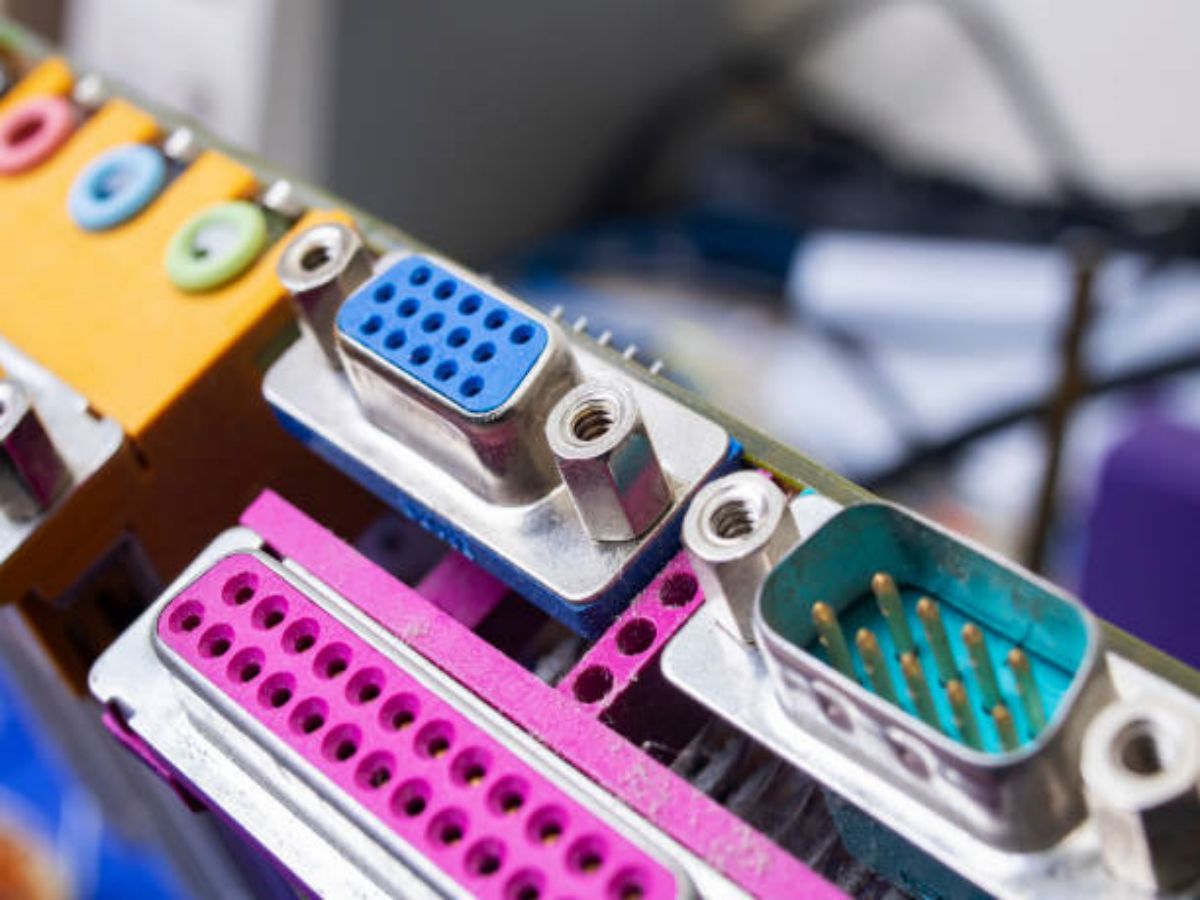Table of Contents

The Importance of common mode power line chokes in Electrical Systems
Electrical systems are integral to our modern lives, powering everything from our homes to industrial machinery. However, they are often susceptible to various types of interference and noise that can degrade their performance and even cause damage. One effective solution to mitigate these issues is the use of common mode power line chokes. In this article, we will explore the significance of common mode power line chokes and their various applications in electrical systems.
What is a Common Mode Power Line Choke?
A common mode power line choke, also known as a common mode choke (CMC), is an electrical component that is used to suppress common mode noise in electrical systems. It consists of two or more coils wound on a magnetic core, which is typically made of ferrite or powdered iron. These coils are wound in such a way that they create a magnetic field that cancels out common mode noise while allowing normal differential mode signals to pass through.
How Does a Common Mode Power Line Choke Work?
Common mode noise is a type of interference that occurs when unwanted signals are present in both conductors of a power line with respect to ground. These unwanted signals can be caused by various factors such as electromagnetic interference (EMI) from nearby equipment, radio frequency interference (RFI), or power supply switching noise. A common mode power line choke works by creating a high impedance path for common mode noise, effectively preventing it from reaching sensitive components or circuits.
Applications of Common Mode Power Line Chokes
Common mode power line chokes find applications in a wide range of electrical systems, including:
- Power Supplies: Common mode chokes are commonly used in power supply circuits to reduce EMI and improve the overall performance and reliability of the system.
- Motor Drives: In motor drive systems, common mode chokes help minimize electrical noise and prevent interference that can affect the operation of the motor and associated control circuits.
- Inverters: Common mode chokes are essential components in inverters used for renewable energy systems such as solar or wind power. They help reduce harmonic distortion and improve the efficiency of the inverter.
- Audio Equipment: Many audio devices, such as amplifiers and mixers, incorporate common mode chokes to eliminate noise and interference, resulting in cleaner sound output.
- Telecommunications: Common mode power line chokes are used in various telecommunications equipment to minimize interference and ensure reliable signal transmission.
The Benefits of Using Common Mode Power Line Chokes
There are several advantages to incorporating common mode power line chokes in electrical systems:
- Noise Suppression: Common mode chokes effectively suppress common mode noise, improving the signal quality and reducing the risk of malfunctions or data errors.
- EMI Reduction: By blocking unwanted electromagnetic interference, common mode chokes help comply with electromagnetic compatibility (EMC) regulations and ensure the proper functioning of nearby electronic devices.
- Improved System Performance: Common mode chokes can enhance the overall performance and reliability of electrical systems by minimizing the impact of noise and interference.
- Protection of Sensitive Components: By preventing common mode noise from reaching sensitive components, common mode chokes help extend their lifespan and reduce the likelihood of failures.
Considerations When Choosing a Common Mode Power Line Choke
When selecting a common mode power line choke for a specific application, several factors should be taken into account:
- Current Rating: The choke's current rating should be sufficient to handle the maximum current expected in the system without saturation or overheating.
- Inductance: The inductance value of the choke determines its impedance to common mode noise. It should be chosen based on the frequency range of the noise to be suppressed.
- Size and Mounting: Consideration should be given to the physical size and mounting options of the choke to ensure it can be easily integrated into the system.
- Temperature and Environmental Conditions: The choke should be able to operate reliably within the anticipated temperature and environmental conditions of the application.
Conclusion
Common mode power line chokes play a crucial role in minimizing common mode noise and ensuring the optimal performance of electrical systems. By understanding their functions, applications, and selection considerations, engineers and system designers can effectively incorporate these chokes into their designs, resulting in improved system reliability and reduced susceptibility to interference and noise.
